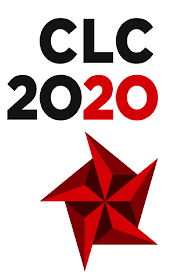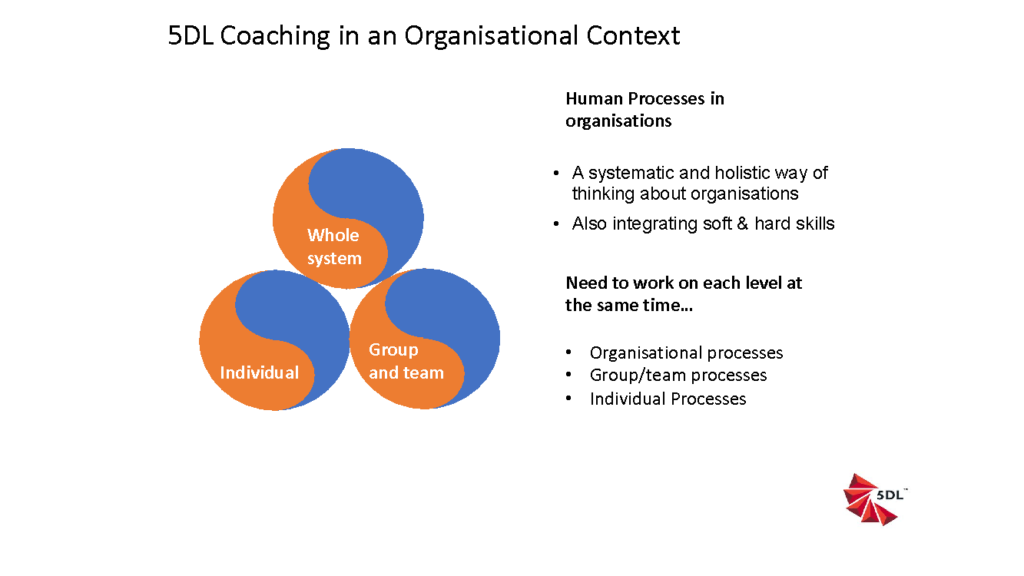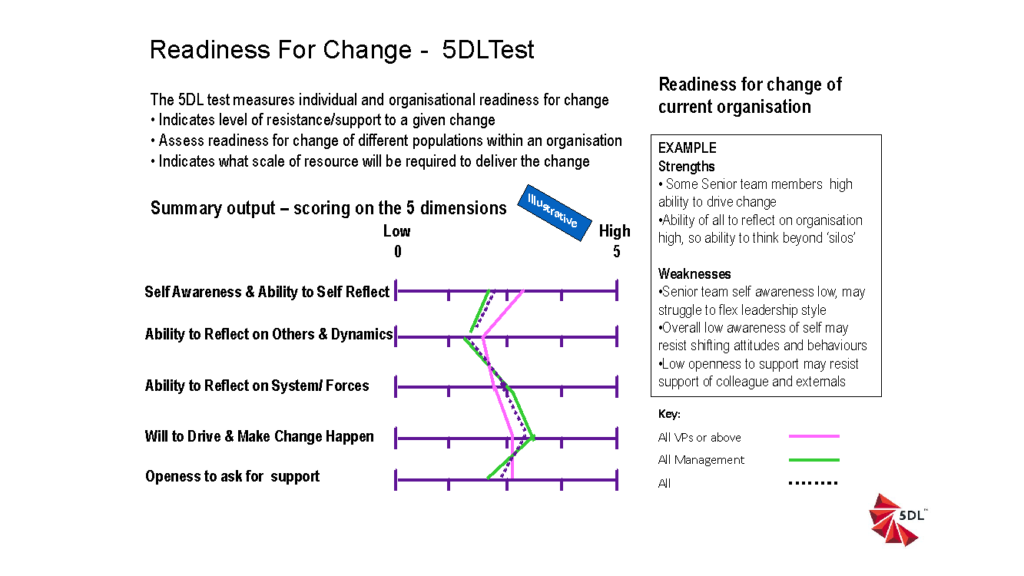The Programme for transforming Organisational Leadership in the age of rapid change and unprecedented demands on policy and strategy building

Roger Evans
Complex Change Consultant
Roger Evans, in identifying what makes for effective organisational leadership, borne out of over 30 years of global corporate consultancy and ten years of focused research with colleagues, writes:
“In every situation, it was clear to us that where there was some degree of Self- Reflection and Self Awareness there was the potential for quality leadership. Where it was missing then the leader was in trouble and what we observed repeatedly over the years in these cases, was that they failed in the short and medium-term by creating around themselves an environment of dysfunction.”
“Without developing Self Awareness and our ability to reflect upon ourselves and our thoughts, feelings and behaviours we are almost completely focused outside ourselves – we tend to objectify everything outside ourselves – and are thus controlled by the environment around us, by other people and their thoughts and feelings, by the events of business, of family and of society. In the extreme, without the ability to self-reflect we become in effect victims to the world around us. We react rather than proact and we are not aware that we are doing so!”
Roger Evans, 5DL Leadership, uncovering the DNA of Leadership. CLC Publishing, 2019



